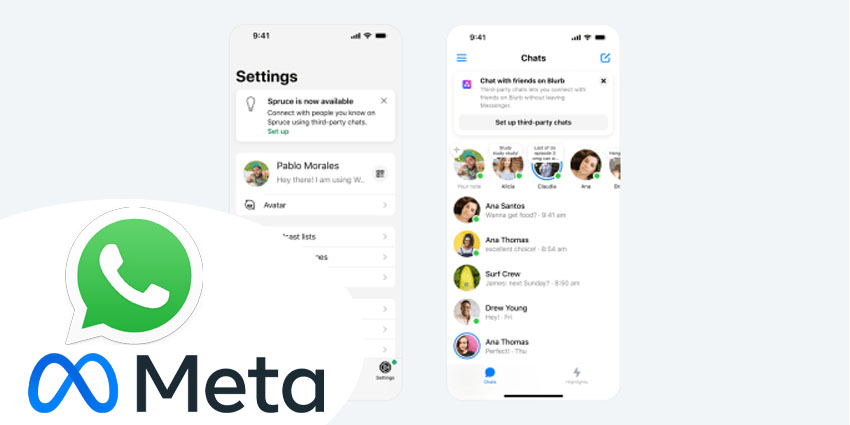Employee engagement has long been linked to productivity. Yet while office-based staff often enjoy workplace practices and advanced tools that foster collaboration and engagement, many organizations overlook their largest workforce segment – the 80% of workers who are deskless. This includes the frontline staff of the business, like employees on the road and meeting with customers.
“In most organizations, deskless employees form the operational backbone,” says Lee Essex, SVP Global Sales & Marketing at Tango Networks. “But too often, they’re equipped with communication tools never designed for their environment.”
The result is that the deskless frontline workers can feel disconnected from colleagues and workplace activity.
A recent Workvivo study shows that 66% of frontline employees are frustrated by their company’s communication technology. That frustration usually isn’t due to unrealistic expectations; it stems from a lack of effort to provide the same intuitive, easy-to-use tools in the field as those used in the office.
When Disconnection Becomes a Business Problem
If daily tasks are slowed by poor communication tools, even routine duties become frustrating. Over time, these challenges erode motivation, weaken performance, and drive turnover. “Frontline teams want to feel connected,” Essex says. “When tools slow them down, it signals their needs are secondary.”
The Workvivo study found nearly half of deskless employees believe their tools were designed mainly for office staff. As a result, out-of-office employees often rely on clunky business apps, and 69% of those surveyed admitted to turning to consumer messaging platforms like WhatsApp to get work done.
This kind of workaround pushes critical exchanges off official channels, exposing companies to serious communications retention compliance and data risks. But this isn’t their intention, as Essex emphasizes:
“Frontline workers aren’t trying to bypass the system. They’re trying to get their jobs done.”
Companies need to find ways to provide communication tools that work for field conditions, not just the office. Deskless workers need tools that blend usability, compliance, and reliability into a seamless experience.
A Seamless Solution for the Deskless Workforce
The ideal approach to ensure that frontline teams have seamless access to company communication channels is to integrate mobile connectivity directly into the mobile devices they already use.
“What makes Tango Extend different is that it doesn’t ask workers to change how they communicate,” Essex says. “It fits into what they already do, using the native dialer they use every day, but adds full enterprise control, compliance, and visibility in the background.”
Using an eSIM, businesses can deploy their company phone lines directly onto mobile devices, provisioning hundreds of devices remotely in minutes.
Employees can maintain distinct personal and business profiles on the same phone, keeping calls and messages separate while staying fully compliant. Because Tango Extend uses the phone’s native dialer and voice network, calls are simple to make, high quality, and more reliable than typical VoIP solutions, even in low-signal areas.
The solution integrates seamlessly with existing UC platforms such as Microsoft Teams or Cisco Webex, ensuring calls are captured for auditing and managed centrally by IT. This enables employees to communicate and engage naturally without administrative hurdles, while IT teams retain full visibility and control over enterprise communications.
By providing a single, integrated solution, Tango Extend solves many of the most common issues deskless employees face with their current communication tools. This includes not only the frontline but other deskless workers, such as those on the manufacturing floor or in the warehouse. Now all workers can make and receive calls, stay connected with their teams, and access essential communication channels no matter where their jobs take them.
From Connection to Performance: The Productivity Payoff
“When companies properly connect their deskless workforce, the impact is immediate,” Essex adds. “You see faster decisions, fewer problems, and a stronger sense of belonging across teams.”
Implemented effectively, providing employees with the right tools rapidly translates into measurable productivity, as well as feelings of genuine empowerment to do their jobs more effectively. Just as important, it sends a message to them that their contributions are valued as much as those of their office-based colleagues, boosting employee engagement – a proven driver of even greater productivity over time.
To reduce disengagement and strengthen your deskless workforce, discover how Tango Extend can help bring every employee into the conversation.







